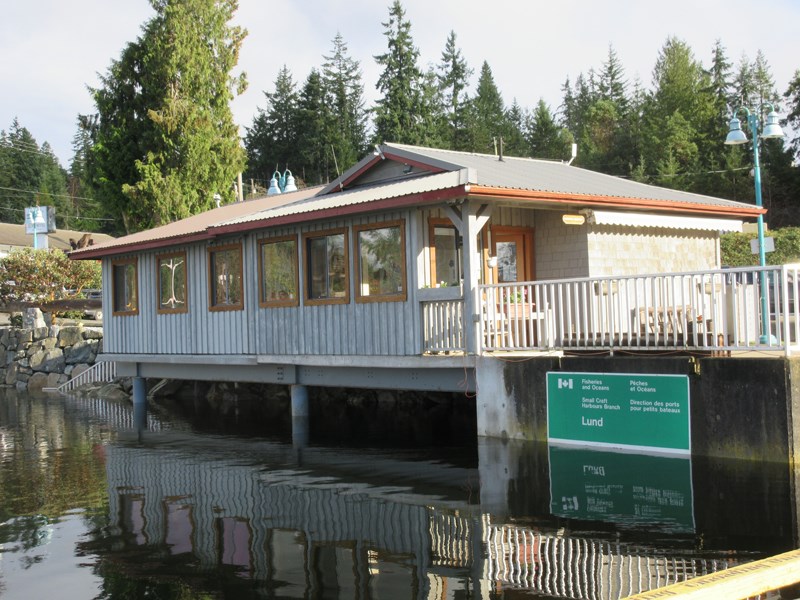On Sunday morning in a stiff southeasterly wind, I went down to the Okeover dock just to take a look around. It was just a few days after the full moon, when tides are highest, and the overnight wind had stirred up a big swell.
After arriving at the dock, I found the head of the boat ramp under a foot of water and a small flock of scooters swimming in the driveway. The harbour backs up hard against the rocky edge of the inlet and I had to scramble over the rocks to get to the far jetty without wading through water that reached halfway to my knees.
Of course, I have seen high water here before. The biggest tides of the year are usually in late December or early January, and when they coincide with a big storm surge it is not uncommon to see the bottoms of buildings in the Lund harbour licked by the waves. Every time it happens, it leaves me a little unsettled. Our seaside community has not left itself a lot of room for error when it comes to the level of the sea, and that level is not as predictable as it once was.
The Intergovernmental Panel on Climate Change reports that, after little change in sea levels since Roman times, global sea levels have risen sharply since around 1900. Since the early 1990s, the rate of sea level rise has doubled globally.
It is not just that ice is melting, it is that warmer oceans expand in volume as well. So as the planet warms and the oceans absorb the lion’s share of that warmth, the water itself expands.
So many factors are involved that there is no scientific consensus on what shape future sea level rise will take. Some studies, such as one published by American university scientists Rob DeConto and David Pollard in March of this year, have found evidence that the rate of Antarctic ice sheet melt could account for as much as five or six feet by the end of this century.
Sometimes it is hard to imagine changes like that on a global scale, but when I have to wade through saltwater to get to a jetty at the dock, it makes me think.
When high tides and winter winds combine to make big swells, I have seen the water level come over the boardwalk in the Lund harbour. Five feet of rise puts the entire lower parking lot under water. The deck of Lund Hotel’s restaurant would stick out over a shallow bay, not a green lawn where kids play giant checkers in the summer.
This could happen in my lifetime.
Of course, the tide went down again: this time. But what about next time?



